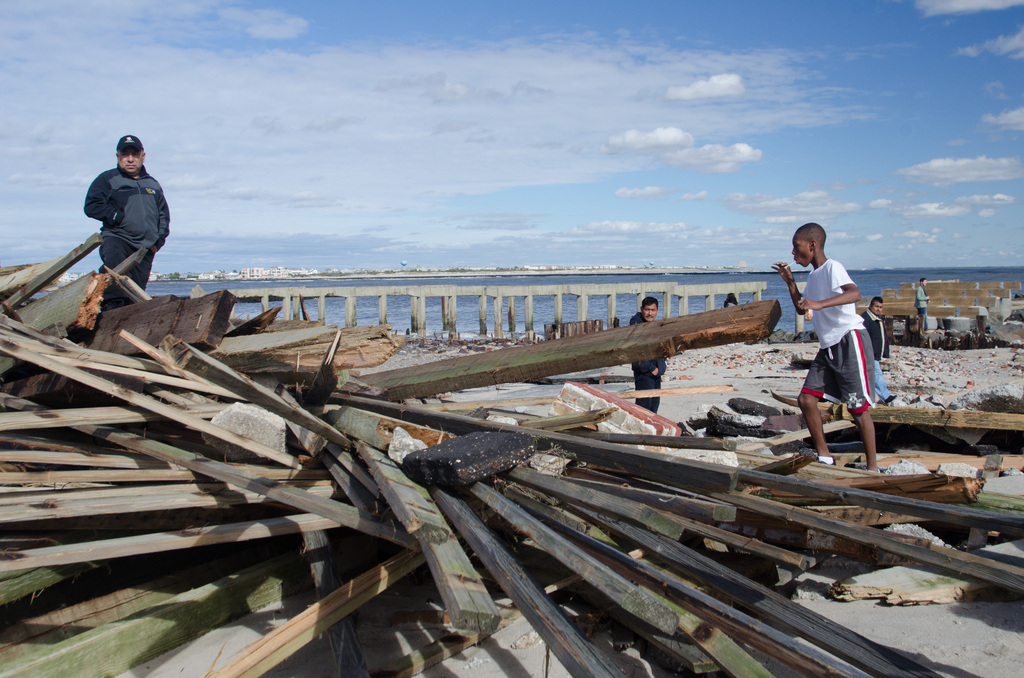Designing a resilience framework focused on recovery, as much as mitigation

A research team led by Global Resilience Institute Founding Director Dr. Stephen Flynn explored lessons from the aftermath of Superstorm Sandy to design a resilience framework that focuses on recovery as much as it does mitigation.
The research was conducted with support from the Critical Infrastructure Resilience Institute (CIRI), a Department of Homeland Security Center of Excellence led by the University of Illinois.
“America was historically a resilient society until around WWII, when we began to focus so much on risk mitigation that we started to lose our ability to respond and recover when our mitigation measures fell short,” said Dr. Flynn in an interview with CIRI. “We became so focused on trying to prevent bad things from happening that we lost sight of how important it is become well-prepared for coping with disasters and attacks.”
Now in the second phase of the project, Flynn’s team will head to Seattle.
“Our experience suggests that roughly 70 percent of the solutions will have common elements across regions with the remaining 30 percent tailored to the unique attributes of the region,” said Flynn. “Our project has identified ways to address critical infrastructure interdependencies within the metro-Boston region. The next step will take those findings to the metro-Seattle region to determine if 70 percent of the solutions are translatable to other metro-regions, as we expect them to be.”
To read the full article, “Studying hurricanes to improve earthquake preparedness,” CLICK HERE
